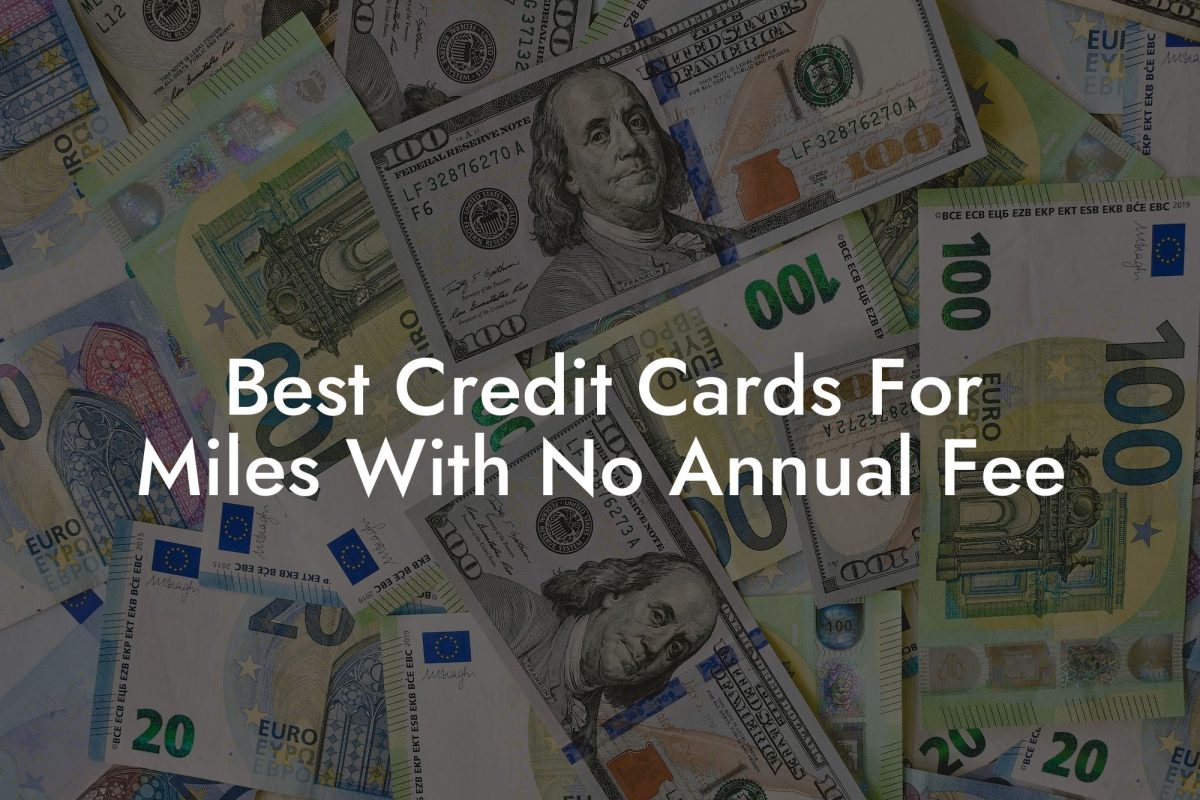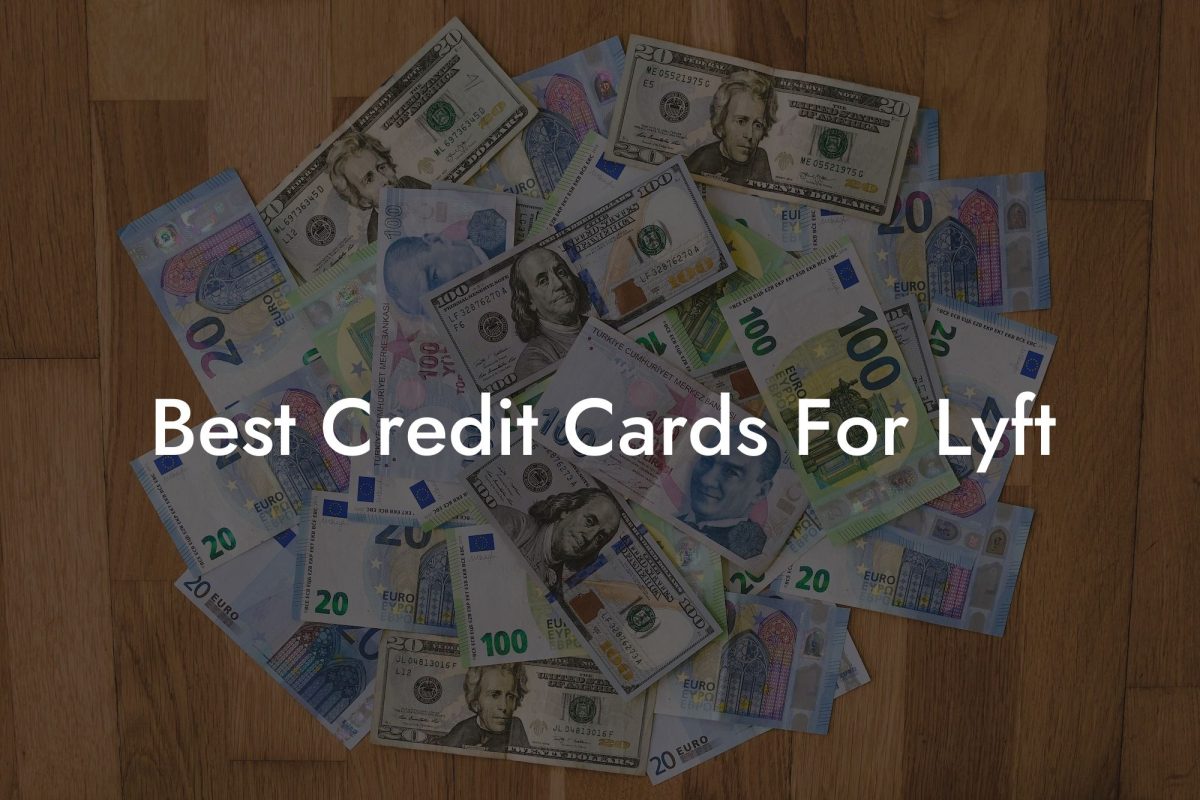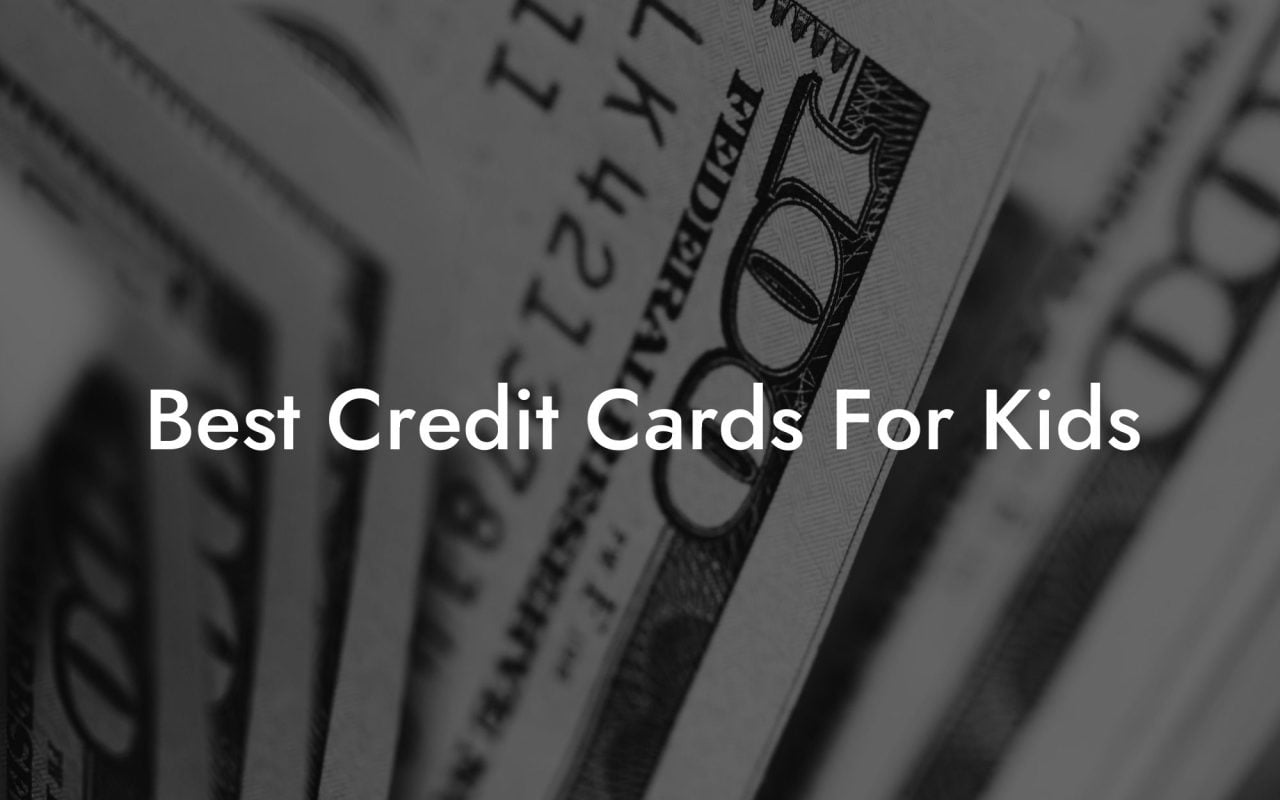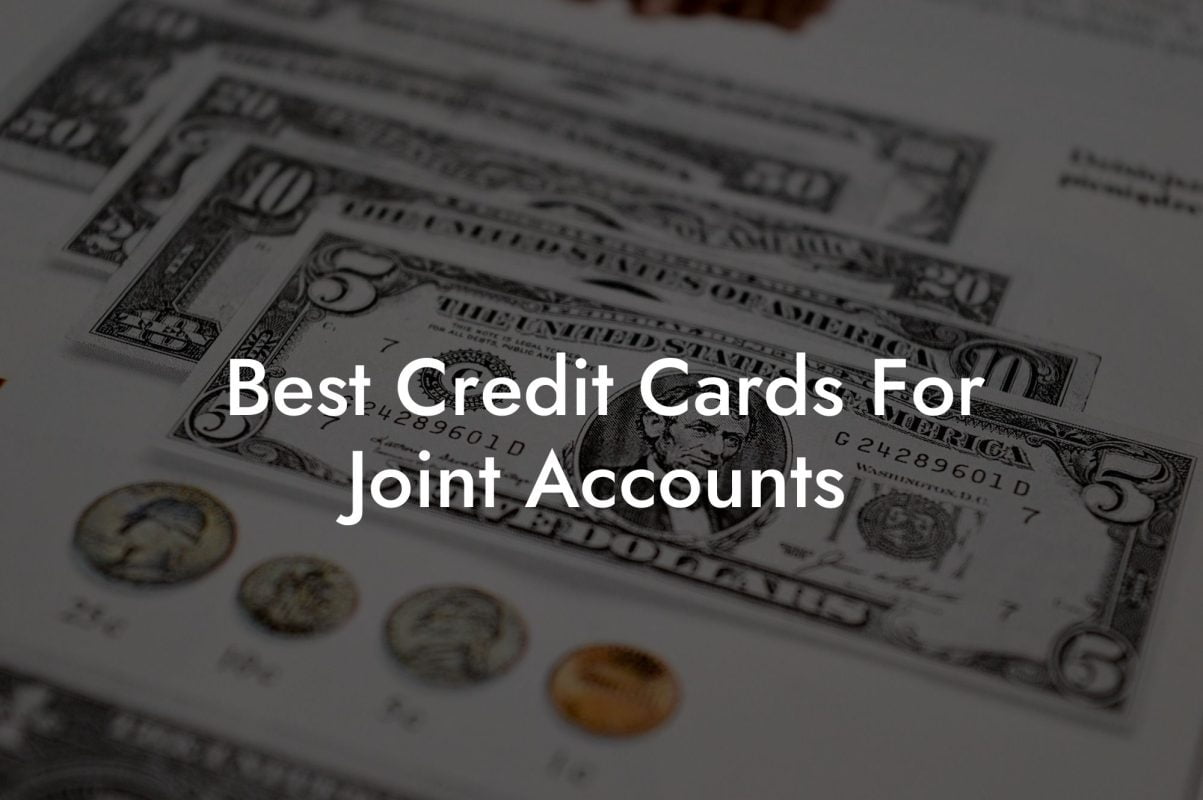Ever stared at your credit card statement and wondered if the numbers were playing tricks on you? In this fast-paced digital age, understanding the current balance on your credit card isn’t just about being financially savvy—it’s practically a superpower. Whether you’re a millennial juggling side hustles or a Gen Z hustling through student loans and digital payments, knowing what your credit card balance really means can save you from financial faux pas and keep your wallet happy. So buckle up and get ready to dive into the fascinating and sometimes quirky world of credit card balances!
What Is The Current Balance on a Credit Card Table of Contents
What Exactly Is a Credit Card's Current Balance?
Decoding the Credit Card Lingo: Current Balance vs. Statement Balance
Why Knowing Your Current Balance Matters
How Does Your Current Balance Affect Interest Charges?
Real-Time Monitoring: How to Check Your Current Credit Card Balance
Decoding the Details: What Transactions Impact Your Current Balance?
Credit Utilization: The Silent Influencer of Your Financial Health
Tools and Apps to Help You Track Your Current Balance
Strategies to Manage Your Credit Card Balance Effectively
The Dark Side of Ignoring Your Current Balance
Credit Card Myths Debunked: Separating Fact from Fiction
Financial Wellness: Making Better Money Choices in a Digital Age
Resources and Community Support: Your Next Steps
How to Optimize Your Financial Decisions When Checking Your Current Balance
Tracking Trends and Understanding Your Spending Habits
Leveraging Credit Card Benefits to Improve Your Financial Health
What Exactly Is a Credit Card's Current Balance?
When your credit card company tells you your “current balance,” they’re referring to what you owe at that exact moment. It’s the sum of all your purchases, fees, and sometimes even interest that have been posted to your account since your last statement. Think of it as your “real-time selfie” of your spending rather than a carefully curated Instagram feed.
Unlike the statement balance—which represents your debt as of the end of the billing cycle—the current balance can fluctuate daily. Every swipe at your favorite coffee shop, every subscription renewal, and every impulse online buy adds a little extra to that number. Essentially, the current balance reflects your ongoing financial reality.
For instance, if you bought a latte, splurged on concert tickets, and then returned a pair of sneakers, your current balance would adjust accordingly in real time. This dynamic number gives you an up-to-the-minute snapshot of your financial position, helping you keep tabs on your credit card debt before your next bill hits.
Decoding the Credit Card Lingo: Current Balance vs. Statement Balance
Picture this: Your credit card company is like that friend who sends you two types of updates—one in a group chat that’s constantly buzzing (your current balance) and one that’s a neat, monthly newsletter (your statement balance). Both are important, but they serve very different purposes.
Current Balance
The current balance is your live debt total as transactions occur. It’s dynamic, ever-changing, and can sometimes give you a mini heart attack if you check it right after a big purchase! This figure includes all pending transactions not yet billed.
Statement Balance
The statement balance, on the other hand, is like a financial report card that shows what you owed at the end of the billing cycle. This number is fixed for a given period and is what your payment is actually limited to if you’re not carrying a balance. Paying attention to your statement balance is crucial to avoid interest fees and maintain a healthy credit score.
Understanding the distinction between these two balances is key. While the statement balance is what you need to pay off to dodge interest charges, the current balance helps you manage your spending day to day.
Why Knowing Your Current Balance Matters
It might seem like a minor detail, but knowing your current balance has major benefits. For one, it keeps you aware of your spending habits in real time. Being informed means you can stop, think, and maybe avoid that extra online shopping spree if you know you’re nearing your credit limit.
Additionally, keeping an eye on your current balance can help you:
- Avoid Over-the-Limit Fees: Knowing exactly how much you owe prevents accidental overspending, which could lead to fees that make your balance balloon even faster.
- Detect Fraud Early: If you notice a suspicious charge, a real-time view of your current balance could be the first sign that something's not right.
- Improve Your Credit Score: Responsible management of your current balance by keeping your credit card utilization low directly influences your credit score.
- Plan Your Budget: Understanding your available credit helps you make smarter financial decisions—like choosing between an extra sushi dinner or saving for that upcoming adventure.
In short, your current balance is like a financial pulse—the sooner you learn to read it, the better you’ll be at managing your money.
How Does Your Current Balance Affect Interest Charges?
Let’s talk about interest—yep, that dreaded extra cost for borrowing money. Credit cards are notorious for their high interest rates, and your current balance plays a pivotal role when it comes to calculating interest charges.
Interest on your credit card is typically calculated using something called the annual percentage rate (APR). However, instead of applying the APR to your entire balance all at once, credit card companies calculate daily interest on your current balance.
Imagine your current balance as a snowball rolling down a hill—each day it grows a little more interest, even if you’re not actively spending. If you don’t pay off your statement balance in full when it's due, that daily interest starts adding up, leading to a heavier balance and potentially a never-ending cycle of debt.
Understanding how the interest is calculated can help you make informed decisions, such as paying off your balance quicker or transferring your balance to a card with a lower APR. It’s all about keeping that snowball from turning into an avalanche!
Real-Time Monitoring: How to Check Your Current Credit Card Balance
Gone are the days of waiting for your monthly statement in the mail. With modern technology, staying on top of your current balance is easier—and more fun—than ever. Here are some methods to keep your finger on the pulse of your credit card spending:
Mobile Banking Apps
Most credit card issuers have slick mobile apps that enable you to check your current balance, view recent transactions, and even transfer funds with just a few taps. These apps are designed to be user-friendly and can alert you when you approach your credit limit.
Online Banking Platforms
If you prefer a bigger screen (or just like the desktop vibe), online banking platforms offer the same functionalities as mobile apps. You can log in from your computer to view your current balance, track spending patterns, and even pay down your balance online.
Text and Email Alerts
Many banks offer customizable alerts that notify you via text or email when your balance reaches a certain threshold. This is particularly useful if you’re too busy juggling multiple apps or simply don’t want to log in regularly.
ATM and Kiosk Checks
Although a bit old school, you can still check your balance at ATMs or bank kiosks. This is handy if you’re on the go and need a quick update.
Each of these methods provides a convenient way to stay current on your financial status. Choose the one that fits best with your digital lifestyle, and you’ll always be in the know.
Decoding the Details: What Transactions Impact Your Current Balance?
Your current balance is a living, breathing number that fluctuates with every financial move you make. Let’s break down the types of transactions that add to (or subtract from) this figure:
- Purchases: Every time you swipe your card—whether you’re splurging on concert tickets or buying ramen—the amount gets added to your current balance.
- Cash Advances: Withdrawing cash from an ATM using your credit card increases your current balance, often with higher interest rates and additional fees.
- Payments: When you make a payment toward your credit card, that amount reduces your current balance. Just be mindful of timing; sometimes payments aren’t immediately processed.
- Fees: Late fees, annual fees, and other charges imposed by your card issuer can increase your balance unexpectedly.
- Refunds/Returns: If you return a product, the refunded amount is typically subtracted from your current balance, though the timing can vary.
- Interest Charges: If you carry a balance, daily interest charges will gradually add to your total, making it even more important to pay on time.
Paying attention to these details helps you understand why your balance might suddenly spike or drop, enabling you to take quick action before it spirals out of control.
Credit Utilization: The Silent Influencer of Your Financial Health
One term that pops up frequently in credit discussions is credit utilization. It refers to the percentage of your available credit that you’re using at any given time. Your current balance is a key player here, and it can significantly impact your credit score.
Financial experts suggest keeping your credit utilization under 30% to maintain a healthy credit score. When your current balance is much higher than this ratio recommends, it signals to credit bureaus that you might be overextending yourself, which could negatively affect your score.
For example, if you have a $5,000 credit limit, try not to let your current balance exceed $1,500. Even if you’re paying off your balance consistently, a high credit utilization ratio—even temporarily—can leave a lasting impact on your credit score. In essence, managing your current balance is not just about avoiding fees but also about making sure your credit report looks as good as your favorite selfie filter.
Tools and Apps to Help You Track Your Current Balance
Let’s be real—keeping tabs on every dollar can be a drag. Luckily, there are plenty of tools and apps designed to help you track your current balance without turning you into an accountant overnight. Here are some top picks:
Budgeting Apps
Apps like Mint, YNAB (You Need A Budget), and Personal Capital are popular among millennials and Gen Z. They integrate with your bank and credit card accounts, automatically updating your current balance and tracking your spending patterns. With these apps, you can set budgets, monitor expenses, and even get alerts when you’re nearing your credit limit.
Bank-Specific Mobile Apps
Most banks now offer their own super-slick apps. Not only do these apps let you check your current balance in real time, but they also offer additional features like temporarily freezing your card, customizing alerts, or even providing personalized financial tips based on your spending trends.
Spreadsheets and Financial Trackers
For the DIY enthusiasts out there, creating your own spreadsheet using tools like Google Sheets or Excel can be a fun (and customizable) way to keep an eye on your current balance. With a little creativity, you can set up colorful graphs, budget categories, and trend analyses that make tracking your finances feel more like a creative project than a chore.
Whether you choose an app or roll your own system, the key is to have a reliable way of monitoring your current balance that fits seamlessly into your digital lifestyle.
Strategies to Manage Your Credit Card Balance Effectively
Now that you know what your current balance is and why it matters, let’s talk strategy. Managing your credit card balance effectively isn’t just about obsessively checking your account (though that occasionally happens); it’s about making smart financial decisions that keep your spending in check.
Here are some tried-and-true strategies to keep your balance under control:
Create a Realistic Budget
Start by tracking your monthly income and expenses. Establish clear spending limits for various categories such as groceries, entertainment, and dining out. A well-planned budget goes a long way in preventing those impulse purchases that can make your current balance skyrocket.
Pay More Than the Minimum
Making only the minimum payment can trap you in a cycle of debt due to high interest rates. Instead, aim to pay more than the minimum each month. This not only reduces your current balance faster but also saves you money in the long run by lowering the interest accrued.
Set Up Automatic Payments
To avoid the dreaded late fee and the guilt of missing a payment, consider setting up automatic payments. Many banks allow you to schedule payments on a specific date every month, ensuring your statement balance is addressed promptly.
Monitor Your Spending in Real Time
Utilize your bank’s mobile app or a budgeting tool to stay updated on your current balance as you spend. This instant feedback loop can serve as a financial reality check, helping you cut back before reaching perilous credit limits.
Use Alerts and Notifications
Customizable alerts can notify you when your spending reaches a set threshold. This proactive approach helps keep your current balance in check and can reduce the risk of accidentally overshooting your limit.
Implementing these strategies means more than just avoiding fees—it sets the stage for long-term financial wellbeing and helps you build habits that support sustainable spending.
The Dark Side of Ignoring Your Current Balance
Ignorance might be bliss sometimes, but when it comes to your credit card balance, it can lead to a financial nightmare. Ignoring your current balance can result in:
- High Interest Charges: Letting your balance spiral means paying more in interest, which can turn a manageable debt into a major financial burden.
- Poor Credit Score: Consistently high balances relative to your credit limit can hurt your credit score, making it tougher to secure loans or even rent an apartment.
- Hidden Fees: Over-limit fees, late payment fees, and accumulated interest can take control of your finances if you’re not vigilant.
- Financial Stress: A mounting balance can lead to anxiety, impacting not only your bank account but your overall mental health. And let’s face it—stress is so last century.
Keeping an eye on your current balance helps prevent these pitfalls and creates a proactive approach toward managing your money. It’s like having a financial guardian angel watching over your transactions.
Credit Card Myths Debunked: Separating Fact from Fiction
The world of credit cards is ripe with myths that can mislead even the savviest of spenders. Let’s debunk some of the most common misconceptions about current balances and credit card management:
Myth 1: My Current Balance Doesn’t Affect My Credit Score
Reality check: Your current balance directly influences your credit utilization ratio. Even if you plan to pay it off at the end of the month, a high balance reported to the credit bureaus can hurt your score.
Myth 2: Tracking My Balance is Too Tedious
Not in today’s digital world! With a myriad of tools and apps available, monitoring your current balance is easier, faster, and even a bit fun—if you consider a well-organized spreadsheet a party.
Myth 3: Only the Statement Balance Matters
While your statement balance determines your minimum payment, your current balance is the living narrative of your spending habits. Ignoring it can lead to unexpected surprises and a strained financial situation.
Busting these myths ensures you have a clear understanding of how your credit card works—and that knowledge is key to taking control of your financial life.
Financial Wellness: Making Better Money Choices in a Digital Age
In today’s hyper-connected world, balancing life’s expenses goes beyond merely tracking a number. It’s about embracing a holistic approach to financial wellness—where being tech-savvy meets being financially wise.
Here are some tips to elevate your money game:
Educate Yourself
Knowledge is power. Follow reliable financial blogs, subscribe to newsletters, and consider discussing money management with a financial advisor. The more you know, the better choices you make.
Embrace Technology
From mobile banking apps to automated budgeting tools, technology is your ally. Use these resources to get real-time updates on your current balance and discover spending trends you might otherwise miss.
Plan for the Future
Instead of viewing your credit card as a revolving door to debt, think of it as a stepping stone toward building credit and achieving larger financial goals—like that dream vacation or even your first home.
Financial wellness isn’t about perfection—it’s about progress. Every smart decision you make, like regularly checking your current balance, builds a brighter financial future.
Resources and Community Support: Your Next Steps
Feeling a bit overwhelmed or ready to take your financial game to the next level? Don’t worry—you’re not alone. There’s a whole community of financial experts, blogs, podcasts, and forums that can offer advice, support, and a few laughs along the way.
Here are a few resources to help you on your journey:
- Online Financial Communities: Platforms like Reddit’s r/personalfinance or Facebook groups dedicated to budget planning can provide practical advice and a supportive network.
- Financial Podcasts: Tune into podcasts like “The Dave Ramsey Show” or “ChooseFI” to hear engaging discussions on how to manage debt and optimize your spending.
- Budgeting Blogs: Websites such as NerdWallet, The Financial Diet, and Mint offer articles, tips, and tools to help you understand your current balance and overall financial wellness.
- Credit Monitoring Services: Consider signing up for services like Credit Karma or Experian, which offer free credit monitoring and detailed insights into your credit utilization and spending habits.
No matter where you are in your financial journey, these resources can guide you with actionable insights—making the path to financial freedom less intimidating and a bit more fun.
How to Optimize Your Financial Decisions When Checking Your Current Balance
Checking your current balance isn’t just a mundane, routine task—it can be a powerful snapshot of your financial habits and a tool for making smarter choices. Here’s how to turn this habit into a catalyst for positive change:
Set Financial Goals
Whether it’s paying off debt, saving for a dream vacation, or building an emergency fund, defining clear financial goals can help you tailor your spending habits. Tracking your current balance in relation to these goals can provide extra motivation to cut back on unnecessary expenses.
Review and Reflect
At the end of each month, take a few minutes to review your spending. Identify recurring expenses and see if there are areas where you can trim the fat—maybe that extra streaming service you barely use or a subscription you forgot to cancel.
Celebrate Financial Wins
Every time you manage to lower your balance or avoid overspending, give yourself a pat on the back. Rewarding yourself (in a budget-friendly way) reinforces positive financial behavior.
By using your current balance as a decision-making tool, you’re not just keeping your credit card in check—you’re building a healthier, wealthier future.
Tracking Trends and Understanding Your Spending Habits
Over time, your current balance can reveal trends about your spending habits. Are weekends your spending sprees? Does payday lead to a shopping frenzy? Recognizing these patterns is the first step in taking control.
Use your digital banking tools to review your transaction history. Look for:
- Spike Patterns: Identify days or months when your spending surges.
- Recurring Expenditures: Keep tabs on subscriptions or services you rarely use but still fall into your expense category.
- Impulse Buys: Recognize if certain posts on social media drive you to make spontaneous purchases.
Once you’re aware of your patterns, you can make adjustments—like setting spending limits for certain days or categories—ensuring that your current balance reflects your true financial intentions rather than a series of impulsive decisions.
Leveraging Credit Card Benefits to Improve Your Financial Health
Believe it or not, your credit card can be more than just a tool for spending—it can be an asset if used wisely. Many credit cards come packed with rewards, cashback offers, and other perks that, when managed carefully, can actually improve your financial picture.
Here’s how to make the most of your credit card:
Reward Programs
Whether it’s cash back, points toward travel, or discounts on everyday purchases, reward programs can offset your spending. Just make sure that you’re not overspending just to earn rewards.
Balance Transfers
If you’re carrying a balance with a high APR, a balance transfer to a card with a lower rate can provide relief. It’s a strategic move that helps reduce interest costs while paying down debt.
Credit Building Opportunities
Managing your current balance responsibly and making timely payments contribute significantly to a healthy credit score. A strong credit score opens the door to better interest rates on loans and can be a valuable asset in your financial toolkit.
When leveraged correctly, the benefits of your credit card can serve as a launching pad for smarter spending and long-term financial health.













